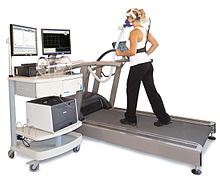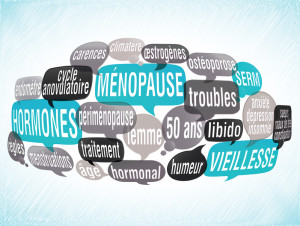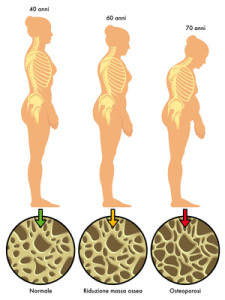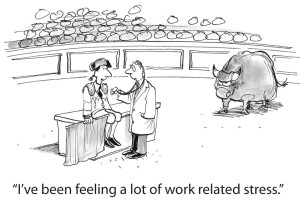Exercise Health Benefits
Exercise – how it benefits your health

Exercising. Is there anything new we can say about the benefits of exercising? You have seemingly heard it all from the exhortations to buy the latest exercise tape to the knowledge that this is a nation of larger and larger people – fat. There was a tiny note in the news many years ago that the seats at Wimbledon were being increased by 2” – too many “strawberries and cream.”
So tell me something new.
It seems that too many of us are not exercising at all. We know that. But the flipside is that too many of us may actually be over-exercising. The most illustrative example is extreme sports. There is a terrific toll being taken on those pursing the really extreme sports – Iron Man competition and similar events.
As we age, we know that our physiology and “internal furnace” or thermostat changes. What we could eat indiscriminately as a teenager is no longer tolerated. We could eat all the root beer floats, cheese burgers, and fries and never gain significant amounts of weight. But advancing age and various internal hormonal and biochemical shifts no longer afford us this indiscreet behavior.
 My good friend, Dr. Frank Shallenberger in Reno, Nevada has developed a highly unique and innovative system of measuring the quality and efficiency of your exercise routines. It is a variation of VO2Max determination (maximal oxygen uptake efficiency). He has determined that as we age we shift from fat-burning, a more powerful source of energy at 9 kcal/gram, to carbohydrate-burning, a less efficient source of energy at 4.5 kcal per gram. The quite obvious conclusion is that we lose the ability to burn extra fat as a source. It accumulates in all those unsightly areas. Meanwhile, we pursue a less efficient source of energy which leads to glucose and insulin intolerance and ultimately … diabetes.
My good friend, Dr. Frank Shallenberger in Reno, Nevada has developed a highly unique and innovative system of measuring the quality and efficiency of your exercise routines. It is a variation of VO2Max determination (maximal oxygen uptake efficiency). He has determined that as we age we shift from fat-burning, a more powerful source of energy at 9 kcal/gram, to carbohydrate-burning, a less efficient source of energy at 4.5 kcal per gram. The quite obvious conclusion is that we lose the ability to burn extra fat as a source. It accumulates in all those unsightly areas. Meanwhile, we pursue a less efficient source of energy which leads to glucose and insulin intolerance and ultimately … diabetes.





